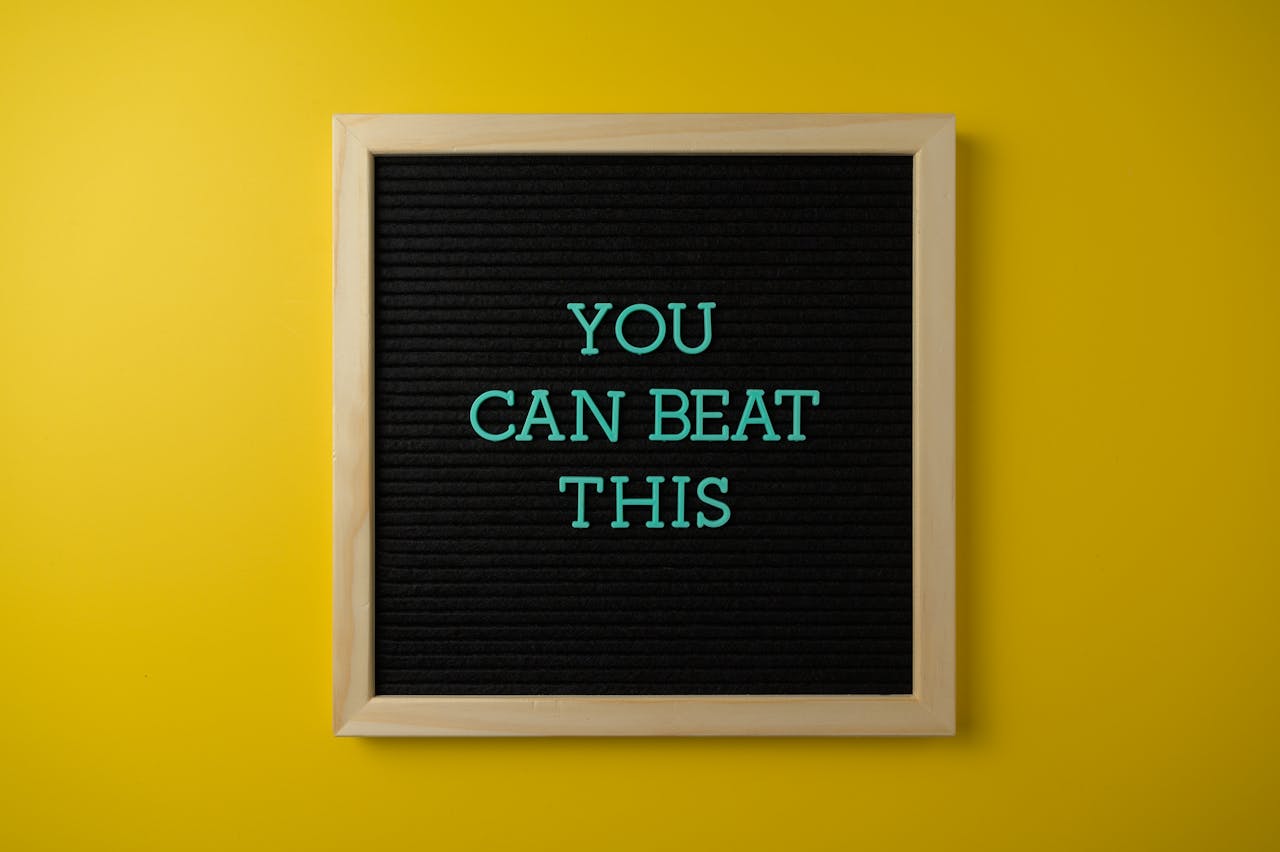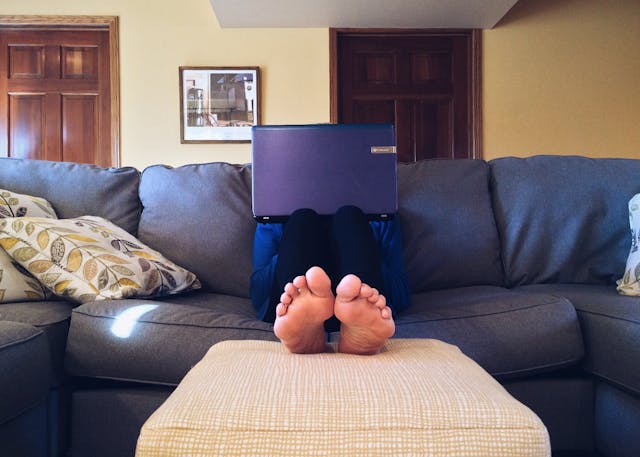Write Us: hello@ali5.org
The “Two-Minute Rule” That Changed My Life
Discover how the 2-minute rule can help you beat procrastination, build better habits, and get more done without overwhelming yourself.

We all have those tasks we should be doing, replying to emails, folding laundry, paying the bill that’s sitting right there, but somehow, we just don’t. We put them off. We scroll Instagram. We convince ourselves we’ll do it “later,” even when “later” rarely comes. I used to be that person. Constantly overwhelmed. Always behind. Until I came across something so ridiculously simple, I almost dismissed it.
It’s called the Two-Minute Rule.
And I’m not exaggerating when I say: it changed my life.
What Is the Two-Minute Rule?
The idea is straightforward: If something takes two minutes or less, do it immediately.
Sounds basic, right? That’s exactly what I thought. I figured, “Okay, sure. I already do that.” Except… I didn’t. Not consistently. Not intentionally. And definitely not with the mindset that even tiny actions could dramatically improve my day.
The rule comes from David Allen’s productivity system in his book Getting Things Done, and later, James Clear adapted it in Atomic Habits to build new habits.
Allen’s version focuses on productivity, tackling small tasks on the spot. Clear’s twist? When starting a new habit, make it so small that it takes less than two minutes. Want to start reading? Read one page. Want to start running? Just put on your shoes. It’s a mental trick to get you moving.
I decided to try both approaches.
Why It Works So Well
Here’s the thing: most of us don’t procrastinate because we’re lazy. We procrastinate because tasks feel big, and our brains hate big things when we’re tired, anxious, or overwhelmed.
But two minutes? That’s nothing. You could hold your breath for that long. So the resistance melts. You stop overthinking. And suddenly, you’re in motion.
The magic is in the momentum.
What I Started Doing Differently
Let me give you real examples of how I used the Two-Minute Rule in daily life:
-
Inbox zero: Instead of letting emails pile up, I’d open one and deal with it right away, reply, delete, archive. Done in 90 seconds.
-
Tidy room: If I walked into my room and saw a shirt on the chair, I’d hang it up. That’s 20 seconds. My space stayed cleaner without a massive weekend clean-up.
-
Fitness: I hated working out. But I told myself, “Just do 2 minutes of stretching.” Some days, that’s all I did. Other days, it turned into a 30-minute session.
-
Writing: As a writer, blank pages are scary. I started saying, “Just write one sentence.” That sentence usually turned into a paragraph, and then a page.
-
Water intake: I kept a water bottle nearby. Anytime I saw it, I took two sips. That built a hydration habit I never had before.
It was all about taking the first step, not the whole staircase.
The Ripple Effect of Small Wins
The most surprising part? Those tiny actions stacked up.
I became more organized without needing a full “system.” I stopped feeling like I was always behind. My anxiety dropped because nothing stayed on my mind too long. Tasks didn’t balloon into monsters. They got done before they could grow teeth.
Here’s what this meant practically:
-
Fewer missed deadlines
-
Cleaner apartment
-
Less cluttered brain
-
More writing output
-
Better habits
And none of it required huge effort. Just two minutes, over and over again.
Building New Habits With the Two-Minute Version
James Clear’s twist on the rule is all about habit formation. He says, “When you start a new habit, it should take less than two minutes to do.”
I used this to trick my brain into building habits that always felt too overwhelming before. Here’s how:
-
Reading: “Read 1 page.” Eventually, I was finishing books monthly.
-
Journaling: “Write one sentence about my day.” Now it’s part of my nightly wind-down.
-
Learning: “Watch one short video on a new skill.” That’s how I started picking up basic graphic design.
Once you start, it’s easier to keep going. The hardest part is always beginning.
How to Actually Apply It
Let’s break this down so you can start today:
-
Make a list of all the little things you’ve been avoiding, texts you haven’t replied to, forms you haven’t filled out, socks on the floor.
-
Go through it one by one, and if any task takes less than two minutes, just do it. Right now. Don’t bookmark it. Don’t save it for “later.” Do it.
-
Identify new habits you want to build. Think about the smallest possible action. Make that your two-minute starter.
Examples:
-
Want to meditate? Sit down and breathe for two minutes.
-
Want to start flossing? Just floss one tooth.
-
Want to start walking? Put on your shoes.
-
-
Repeat it every day until it becomes second nature. Don’t worry about doing more than two minutes; just show up consistently. Most of the time, you’ll end up doing more anyway.
But What If It’s a Big Task?
Great question. Let’s say you have to study for a test or clean the entire kitchen. Two minutes won’t finish that.
But here’s what two minutes can do: break the inertia.
Just open your notebook. Just fill one sink with water. Just set the timer for two minutes and see what happens.
Chances are, once you start, you’ll keep going.
And even if you don’t? You still did something. That’s more than doing nothing.
Final Thoughts
The Two-Minute Rule isn’t a gimmick. It’s a shift in mindset.
It teaches you that small actions are worth doing. Those tiny wins lead to bigger wins. That you don’t have to climb the whole mountain in one day, just take the first step.
So next time something feels too overwhelming to start, ask yourself:
Can I just do two minutes?
If yes, do it. That one tiny choice might change more than just your day. It might change your entire approach to life.







